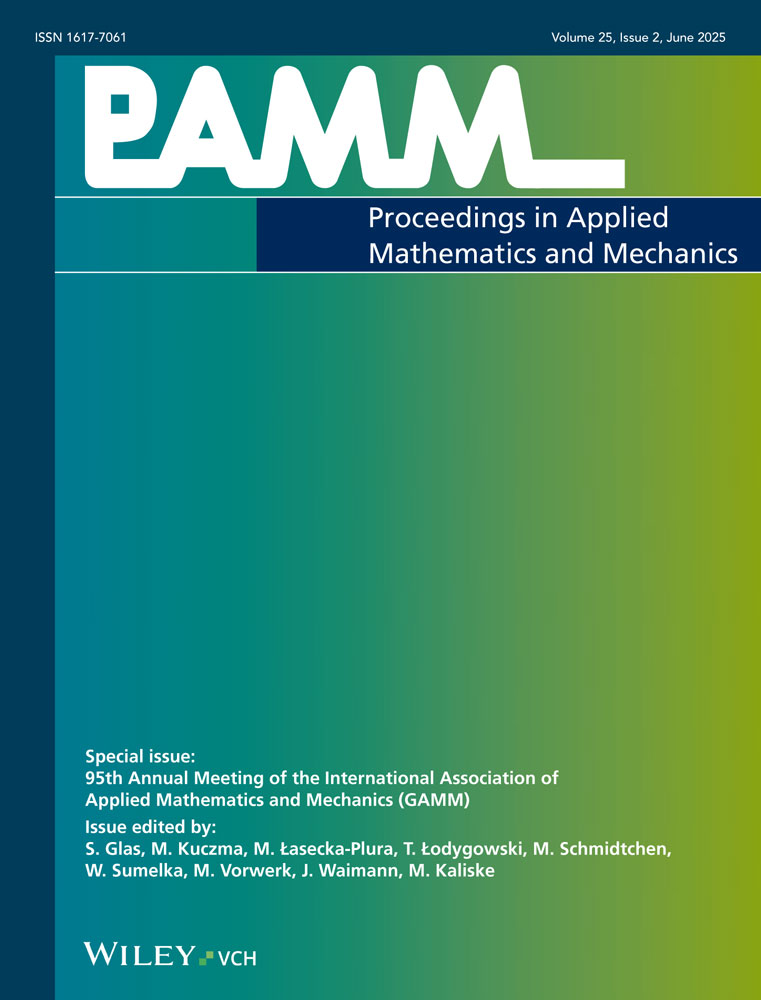Eigenpath analysis of rotating mechanical systems based on ALE formulation
Abstract
When bodies rotate they are subjected to velocity-dependent gyroscopic and inertia effects, which alter the dynamic behaviour of the structure. Analysing its eigenpairs consisting of eigenvalues and eigenvectors, these parameter-dependent changes can be tracked as eigenpaths by means of a continuation algorithm as in [1]. For rotationally symmetric structures an ALE approach (ALE = Arbitrary LAGRANGIAN-EULERIAN) for the finite element method as described in [2] can be employed. It allows simulating rotational influences on the body without actually having to rotate the mesh of the structure itself. This still-standing mesh facilitates further steps like coupling of other, static components with the rotating body. The combination of ALE with eigenpath analysis including an example is described in the following. (© 2016 Wiley-VCH Verlag GmbH & Co. KGaA, Weinheim)




